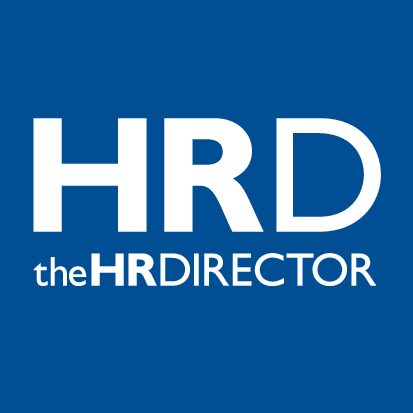The Government has been urged to go further with its plans for Ethnicity Pay Reporting by making the reporting threshold lower, and introducing a legal obligation on companies to publish action plans detailing how they will do more within their organisations. These suggestions have been made by AAT (the Association of Accounting Technicians). Contributor Phil Hall, AAT Head of Public Affairs & Public Policy
The Government is currently consulting on plans to make Ethnicity Pay reporting compulsory, and AAT has surveyed its members to establish their views on the subject. The professional accountancy body has over 140,000 members, 13 percent of which identify as BAME (Black & Minority Ethnic), while almost 30 percent of AAT’s 250+ employees identify as BAME.
The AAT Ethnicity Pay Survey 2018 revealed that only 2 percent of respondents believe financial benefits would be a key benefit of Ethnicity Pay reporting. However, 10 percent believe it will improve company performance and 50 percent believe the key benefit is improving social justice. 21 percent think that all three of these benefits will be realised by Ethnicity Pay Reporting.
Phil Hall, AAT Head of Public Affairs & Public Policy, said; “Ethnicity pay reporting could have numerous benefits for employers, employees and the wider economy, as demonstrated by the views of our members. That said, we also recognise that more needs to be done to ensure these requirements are meaningful and lead to sustainable and positive changes.”
Kelly Tolhurst MP, Minister for Small Business, Consumers & Corporate Responsibility, who launched the ethnicity pay consultation said; “Transparency is a vital first step towards harnessing the power of a diverse workforce. We have seen the power of transparency in Gender Pay Gap reporting. Reporting Ethnicity Pay information enables employers to identify – and then tackle – barriers to creating a truly diverse workforce. If there is a consistent approach to reporting, they can also benchmark and measure their progress by comparing themselves to other employers and learn from them.”
Reporting threshold
Findings from the AAT Ethnicity Pay Survey 2018 also show a very clear majority favour a reporting threshold well below the 250+ employees cut-off point currently in place for Gender Pay Gap reporting.
47 percent would like reporting requirements to be applied to companies employing more than 50 employees and notably almost one in five (19 percent) would like to go even further, wanting Ethnicity Pay reporting requirements to be imposed on all companies employing more than 10 people.
Phil Hall, AAT Head of Public Affairs & Public Policy, said; “99 percent of UK businesses employ less than 250 people so reducing the Ethnicity Pay Gap at smaller companies is likely to lead to much more compelling outcomes than simply requiring change at very large companies. That’s why AAT would like to see these requirements in place for all companies employing more than 50 employees.”
Action Plans
Gender Pay Gap reporting simply requires companies to report their pay gaps, there is no requirement to do anything about them – there isn’t even an obligation to produce an action plan, although many employers voluntarily do so. This has been a significant criticism of Gender Pay Gap reporting and so AAT believes it would be foolish to repeat this mistake in relation to Ethnicity Pay reporting.
The AAT Ethnicity Pay Survey 2018 demonstrated overwhelming support for such action, with more than two thirds (68 percent) supporting the introduction of a legal obligation on companies to publish an action plan.
Phil Hall, AAT Head of Public Affairs & Public Policy, said; “Those companies that voluntarily produce a Gender Pay Gap action plan are the types of companies that take these issues seriously and are committed to improvement anyway, the same will be true of Ethnicity Pay reporting. By compelling such action for all companies, those that seek to do the bare minimum will be rightly challenged to do more.”







